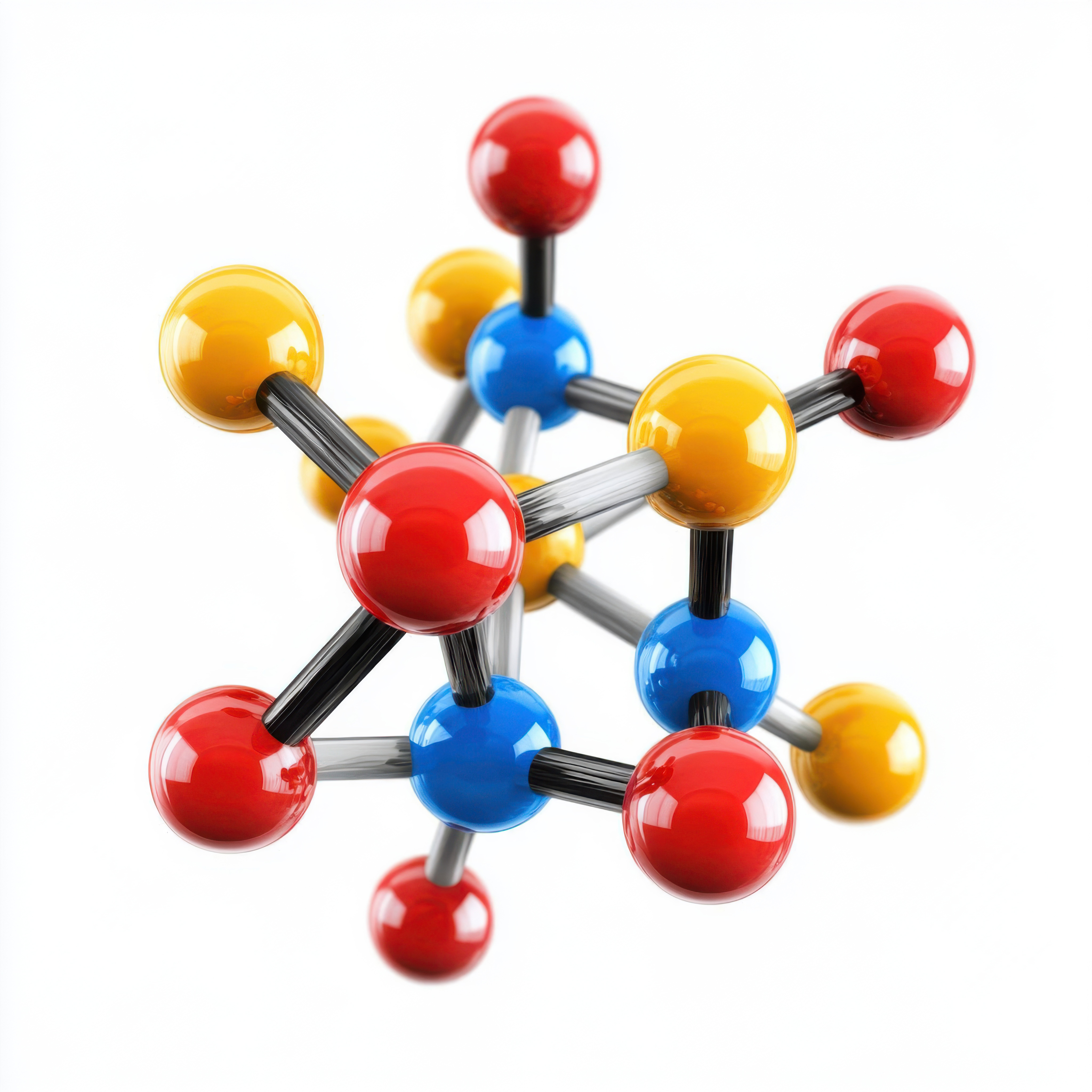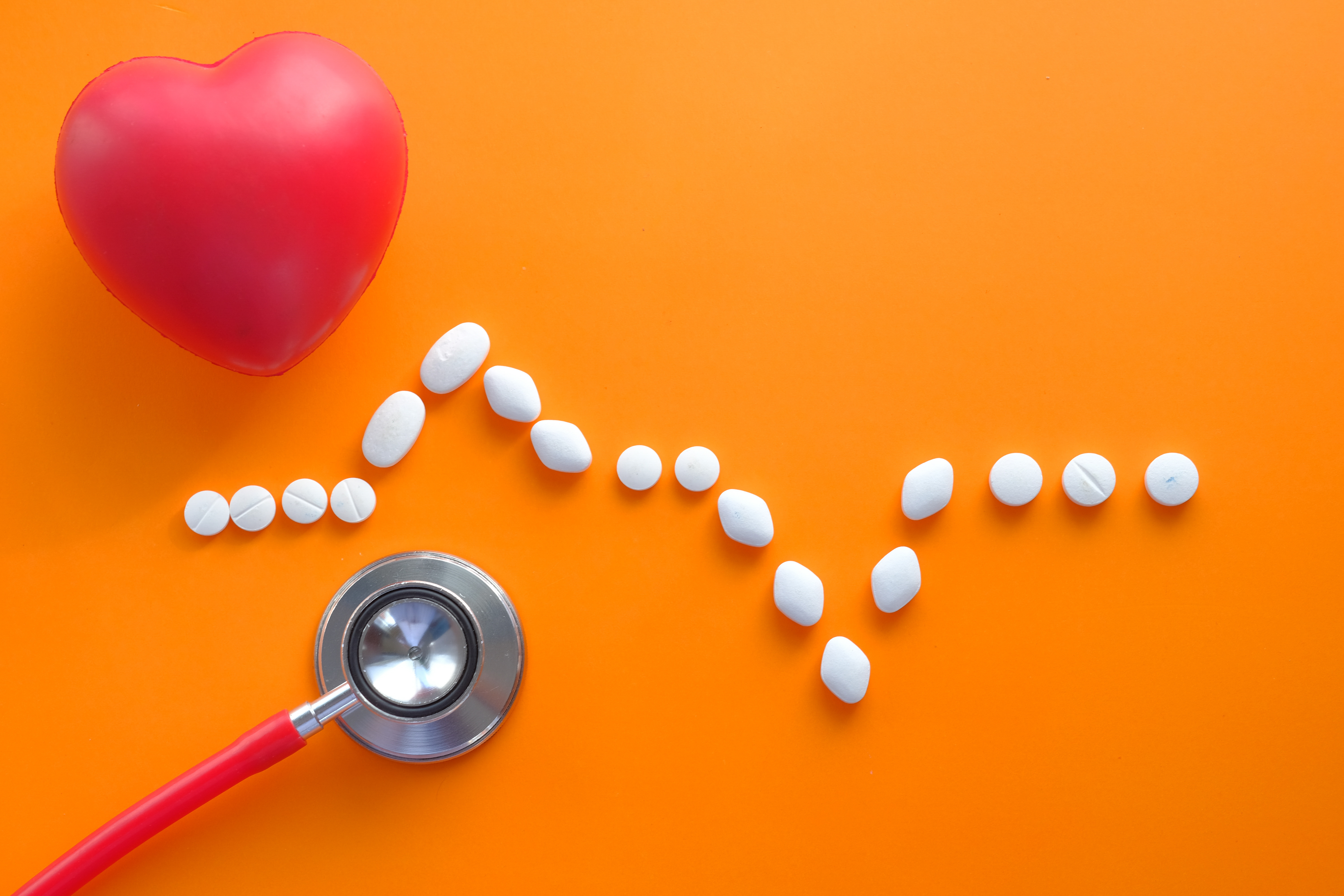Cholesterol Unveiled: 10 Surprising Ways It Shapes Your Health
Cholesterol often finds itself at the center of health discussions, typically cast in a negative light. However, this waxy substance plays a nuanced role in the human body, crucial to maintaining overall health and well-being. Cholesterol is not inherently bad; it is an essential component of cell membranes and serves as a precursor for the synthesis of hormones, vitamin D, and bile acids. The complexity of cholesterol's role in the body is akin to a hidden dance, where balance and harmony are key. This article delves into the intricate dynamics of cholesterol, offering ten insights into its impact on your body. From its biochemical functions to its influence on cardiovascular health, we aim to unravel the mysteries surrounding cholesterol, providing you with a comprehensive understanding of this vital substance.
1. The Biochemical Role of Cholesterol

Cholesterol is a lipid molecule that is indispensable for various biological functions. It is a structural component of cell membranes, contributing to their fluidity and integrity. This structural role is vital for the proper functioning of cells, influencing membrane permeability and the activity of membrane-bound proteins. Cholesterol also acts as a precursor for the synthesis of steroid hormones, including cortisol, aldosterone, and sex hormones like estrogen and testosterone. These hormones regulate a myriad of physiological processes, from metabolism and immune response to reproductive functions. Additionally, cholesterol is involved in the production of vitamin D, which is crucial for bone health and immune function. The liver converts cholesterol into bile acids, which are essential for the digestion and absorption of dietary fats. Understanding these biochemical roles highlights the necessity of cholesterol in maintaining health and underscores the importance of regulating its levels in the body.
2. Good vs. Bad Cholesterol: Understanding the Difference

Cholesterol is transported in the bloodstream by lipoproteins, which are classified into two main types: low-density lipoprotein (LDL) and high-density lipoprotein (HDL). LDL is often referred to as "bad" cholesterol because high levels can lead to the buildup of plaque in the arteries, increasing the risk of cardiovascular diseases. This process, known as atherosclerosis, can result in heart attacks and strokes. Conversely, HDL is known as "good" cholesterol because it helps remove excess cholesterol from the bloodstream, transporting it back to the liver for excretion. A higher level of HDL is associated with a lower risk of heart disease. The balance between LDL and HDL is crucial; maintaining optimal levels of both is essential for cardiovascular health. This distinction between good and bad cholesterol is fundamental to understanding how cholesterol impacts your body and why monitoring its levels is critical.
3. The Impact of Diet on Cholesterol Levels

Diet plays a significant role in determining cholesterol levels in the body. Saturated fats, trans fats, and dietary cholesterol can raise LDL levels, thereby increasing the risk of heart disease. Foods high in these fats include red meat, full-fat dairy products, and processed foods. Conversely, consuming a diet rich in unsaturated fats, fiber, and plant sterols can help lower LDL levels and increase HDL levels. Foods such as nuts, seeds, avocados, and fatty fish are excellent sources of healthy fats. Soluble fiber, found in oats, beans, and fruits, can also help reduce LDL cholesterol by binding to it in the digestive system and facilitating its excretion. Plant sterols, naturally occurring in fruits, vegetables, and nuts, can block the absorption of cholesterol in the intestines. Understanding the impact of diet on cholesterol levels empowers individuals to make informed dietary choices that promote heart health and overall well-being.
4. Genetic Factors in Cholesterol Regulation

Genetics play a pivotal role in determining an individual's cholesterol levels and their risk of developing cardiovascular diseases. Familial hypercholesterolemia is a genetic disorder characterized by high levels of LDL cholesterol, often leading to early-onset heart disease. This condition is caused by mutations in genes responsible for cholesterol metabolism, such as the LDL receptor gene. Individuals with this genetic condition may require medication to manage their cholesterol levels effectively. Beyond familial hypercholesterolemia, several other genetic variations can influence cholesterol levels, impacting how the body processes and removes cholesterol. Understanding one's genetic predisposition to high cholesterol can guide personalized approaches to managing cholesterol levels, including lifestyle modifications and pharmacological interventions. Genetic testing and counseling can provide valuable insights into an individual's risk profile, enabling proactive measures to mitigate the risk of cardiovascular diseases.
5. The Role of Physical Activity in Cholesterol Management

Regular physical activity is a cornerstone of maintaining healthy cholesterol levels and promoting cardiovascular health. Exercise has been shown to increase HDL cholesterol levels while reducing LDL cholesterol and triglycerides. Aerobic exercises, such as walking, running, cycling, and swimming, are particularly effective in improving lipid profiles. Physical activity enhances the body's ability to utilize fats for energy, reducing the amount of LDL cholesterol circulating in the bloodstream. Moreover, exercise contributes to weight management, which is crucial for individuals with high cholesterol levels. Maintaining a healthy weight can help prevent the development of atherosclerosis and other cardiovascular conditions. The benefits of physical activity extend beyond cholesterol management; it also improves overall cardiovascular fitness, reduces blood pressure, and enhances mental well-being. Incorporating regular physical activity into daily routines is a powerful strategy for managing cholesterol levels and promoting long-term health.
6. The Influence of Age and Gender on Cholesterol Levels

Age and gender are significant factors that influence cholesterol levels and the risk of cardiovascular diseases. Cholesterol levels tend to increase with age, as the body's metabolism slows down and the efficiency of cholesterol processing diminishes. Men generally have higher cholesterol levels than women until women reach menopause. Before menopause, estrogen helps maintain lower LDL and higher HDL levels in women, offering some protection against heart disease. However, post-menopause, women's LDL levels often increase, raising their risk of cardiovascular diseases. Understanding the influence of age and gender on cholesterol levels is crucial for tailoring preventive strategies and interventions. Regular cholesterol screenings are recommended for both men and women as they age, enabling early detection and management of potential risk factors. Lifestyle modifications, such as a healthy diet and regular physical activity, are essential for maintaining optimal cholesterol levels throughout life.
7. Cholesterol and Cardiovascular Health: The Connection

Cholesterol's impact on cardiovascular health is well-documented, with high LDL levels being a major risk factor for heart disease. The accumulation of LDL cholesterol in the arterial walls leads to the formation of plaque, which narrows and hardens the arteries. This condition, known as atherosclerosis, impairs blood flow and can result in heart attacks, strokes, and other cardiovascular complications. HDL cholesterol, on the other hand, helps protect against heart disease by removing excess cholesterol from the arteries and transporting it back to the liver for excretion. Maintaining a healthy balance between LDL and HDL is crucial for cardiovascular health. Lifestyle factors, such as diet, physical activity, and smoking cessation, play a significant role in managing cholesterol levels and reducing the risk of cardiovascular diseases. Understanding the connection between cholesterol and cardiovascular health underscores the importance of regular screenings and proactive measures to protect heart health.
8. Medications and Treatments for Cholesterol Management

For individuals with high cholesterol levels, lifestyle modifications alone may not be sufficient to achieve optimal cholesterol levels. In such cases, medications and treatments can play a vital role in managing cholesterol and reducing the risk of cardiovascular diseases. Statins are the most commonly prescribed medications for lowering LDL cholesterol. They work by inhibiting an enzyme involved in cholesterol synthesis in the liver, effectively reducing LDL levels. Other medications, such as bile acid sequestrants, niacin, and cholesterol absorption inhibitors, may also be used to manage cholesterol levels. In recent years, new classes of drugs, such as PCSK9 inhibitors, have emerged, offering additional options for individuals with high cholesterol. These medications work by enhancing the liver's ability to remove LDL cholesterol from the bloodstream. It is essential for individuals to work closely with their healthcare providers to determine the most appropriate treatment plan, considering their unique risk factors and medical history.
9. Cholesterol and the Gut Microbiome: An Unexpected Connection

Emerging research has highlighted the surprising role of the gut microbiome in cholesterol metabolism and overall cardiovascular health. The trillions of bacteria residing in the gut influence how the body processes and excretes cholesterol. Certain gut bacteria help convert bile acids, derived from cholesterol, into forms that are reabsorbed or eliminated, impacting cholesterol levels in the bloodstream. Additionally, the gut microbiome produces compounds like short-chain fatty acids (SCFAs) that can influence cholesterol synthesis in the liver. Studies suggest that an imbalance in gut bacteria, or dysbiosis, may contribute to higher LDL levels and a greater risk of atherosclerosis. Conversely, a diverse and healthy gut microbiome, supported by a fiber-rich diet, probiotics, and prebiotics, can positively influence cholesterol metabolism and cardiovascular health. Understanding this connection underscores the importance of gut health in managing cholesterol levels. Incorporating fermented foods like yogurt, kimchi, or kefir, alongside high-fiber foods such as oats and legumes, can nurture the microbiome, offering a natural way to support cholesterol balance and overall well-being.
10. Stress and Cholesterol: The Silent Impact

Stress is more than an emotional burden—it can significantly affect cholesterol levels and overall heart health. When the body is under chronic stress, it releases cortisol, a hormone that can trigger an increase in LDL ("bad") cholesterol and triglycerides while potentially lowering HDL ("good") cholesterol. Over time, this imbalance may contribute to the development of atherosclerosis and elevate the risk of cardiovascular disease. Additionally, stress often leads to unhealthy coping mechanisms, such as overeating, consuming processed foods, or skipping exercise, all of which can further disrupt cholesterol levels. On the other hand, adopting stress-management techniques such as mindfulness, yoga, meditation, or regular physical activity not only helps lower stress but also supports healthier cholesterol profiles. Recognizing and addressing the connection between stress and cholesterol is essential for a holistic approach to heart health. By managing stress effectively, individuals can protect both their emotional and physical well-being, ensuring a healthier balance in their cholesterol levels and overall cardiovascular health.
Embracing a Balanced Approach to Cholesterol

Cholesterol's role in the body is multifaceted, with both beneficial and potentially harmful effects. Understanding the hidden dance of cholesterol is essential for making informed decisions about health and wellness. By recognizing the biochemical functions of cholesterol, the impact of lifestyle factors, and the influence of genetics, individuals can take proactive steps to manage their cholesterol levels and reduce the risk of cardiovascular diseases. Embracing a balanced approach that includes a healthy diet, regular physical activity, and, when necessary, medical interventions, is key to maintaining optimal cholesterol levels and promoting long-term health. As research continues to advance, staying informed about new insights and treatment options will empower individuals to make choices that support their well-being and enhance their quality of life.
